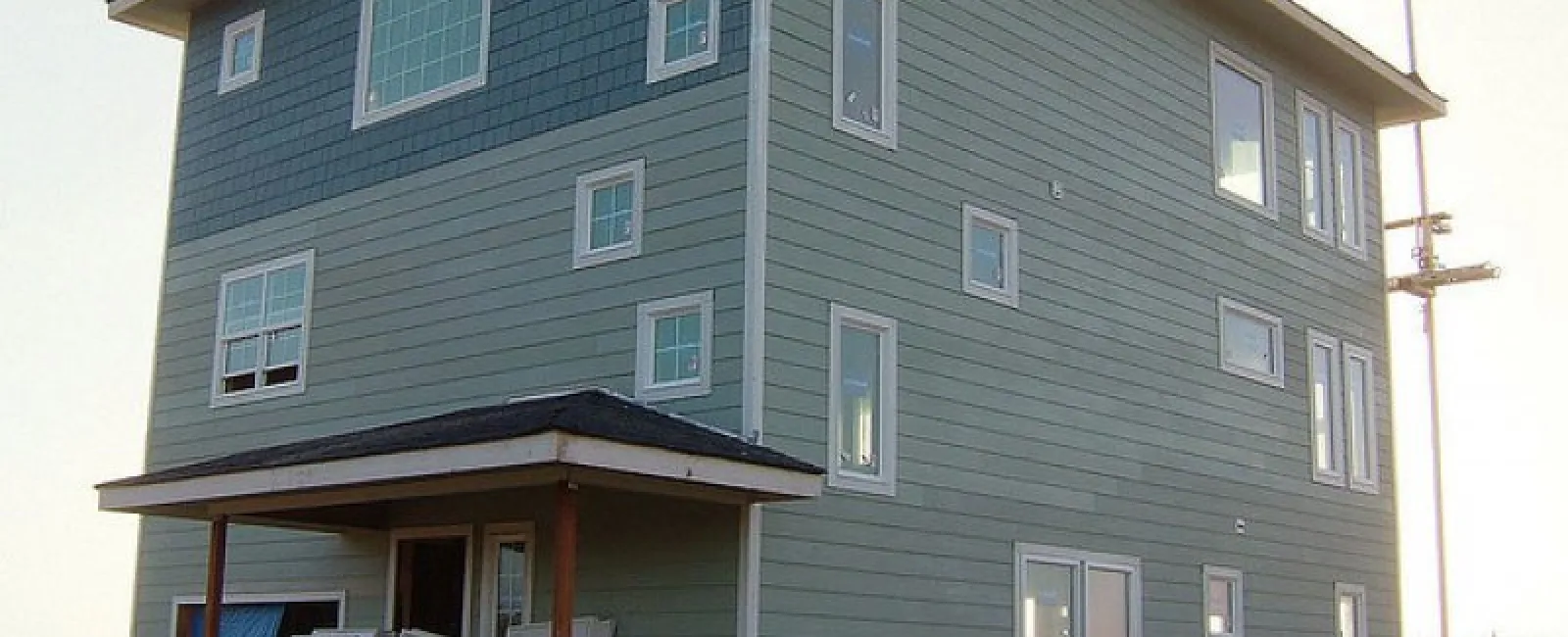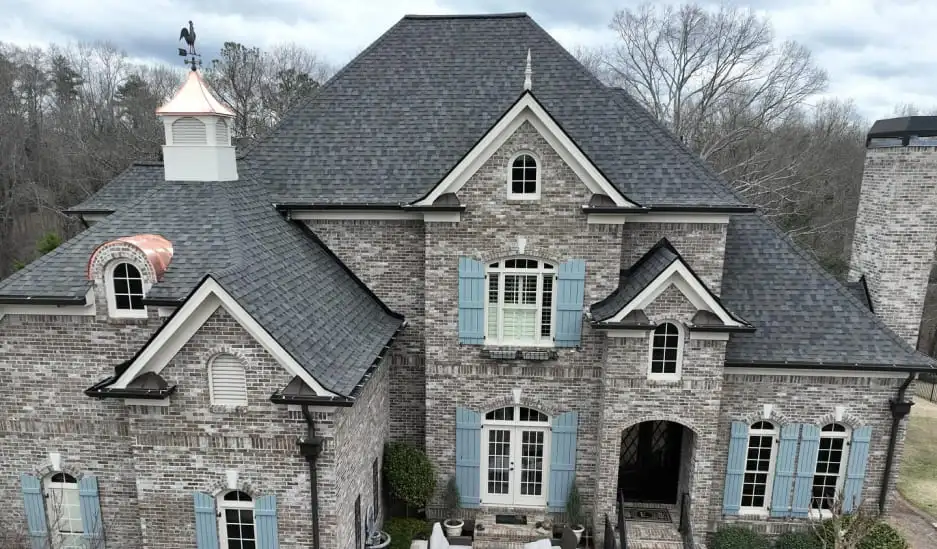Picking out siding materials is one of the most important decisions a homeowner can make — it will have a great impact on your home’s outer appearance for years to come. Siding can also affect how well your home handles storms, heat, dirt and the effects of time. Here are some of the most common options and what you can expect from each of them.
Vinyl: Vinyl siding is a plastic material that can be manufactured in all sorts of different sizes and shapes, making it useful for lap siding, shingles, and other styles. Vinyl is the favorite for many homeowners because it’s easy to paint any color, simple to install or replace and one of the cheapest options. However, these advantages come at other costs: Vinyl may be lightweight, but this makes it more prone to wind damage. Vinyl also does poorly in very hot and very cold temperatures, where it can warp or crack over time.
Wood: Wood shingles and slats are a traditional option for siding that can add a classic, warm look to a house. Wood siding materials are another inexpensive option, but they needs lots of upkeep, including stain and protective coatings. Wood is vulnerable to rot, mold and other moisture-related issues, and it can be attacked by insects. As a result, wood siding has a relatively short life span.
Aluminum: Aluminum is a common metal siding for a variety of buildings, usually storage buildings, sunrooms and even residential homes. It’s lightweight but offers plenty of protection against the elements and has a long life span. It’s also surprisingly good at repelling heat and can help save energy in buildings that need to be cooled. Aluminum is also highly rust resistant and can come with coatings in a variety of colors. However, it’s is one of the more expensive options and may never look as natural as options like wood.
Fiber cement: Fiber cement siding materials, as offered by James Hardie, look a bit like painted wood and are available in lap siding, shingles and other styles. Beneath its paintable exterior, fiber cement is really made from cement strands built against each other that create an incredibly durable material. Fiber cement is useful in areas with extreme temperatures and also comes in uniquely modern panels if you want a new look. However, it’s one of the most expensive types of siding and is very heavy, requiring extra support compared to lighter siding like vinyl.
Stucco: Stucco can be made from a mixture of gypsum, sand, lime or pebbles, depending on the ingredients used, but the result is that classic Mission- or Spanish-style look. Nearly any color or texture is possible with stucco, but it cannot be formed into shingles or boards like vinyl can. Stucco has an average-to-high cost, and it can also be subject to cracking and stains over time.
Call Findlay Roofing for more information on siding installation for your Bartow home.
Image source: Flickr



